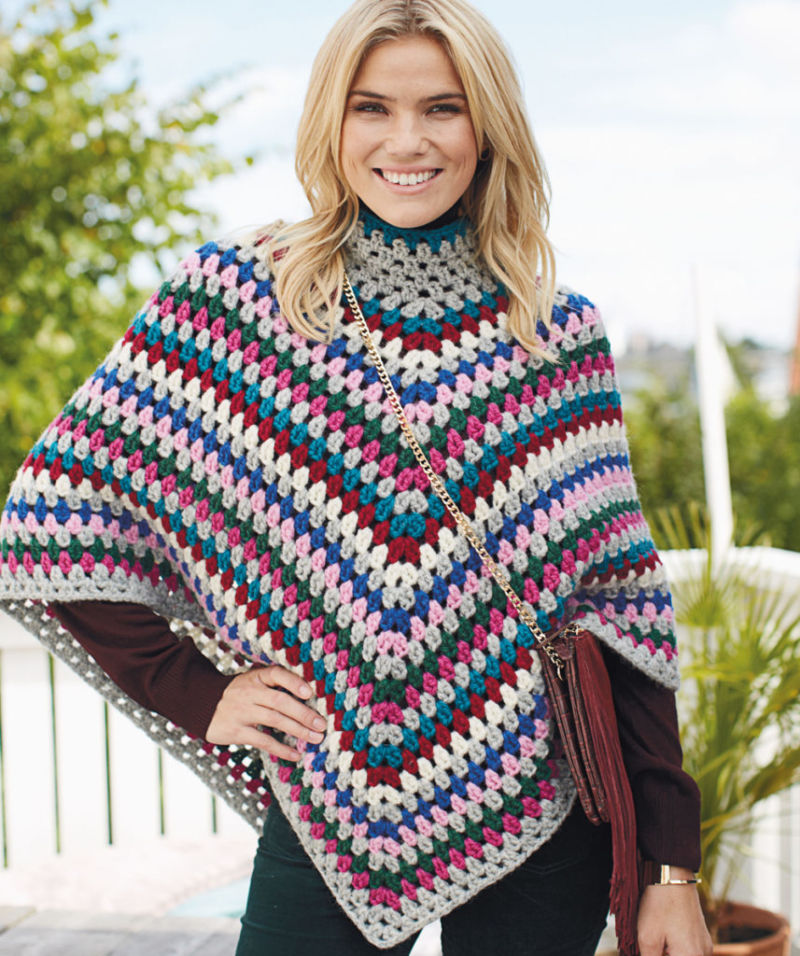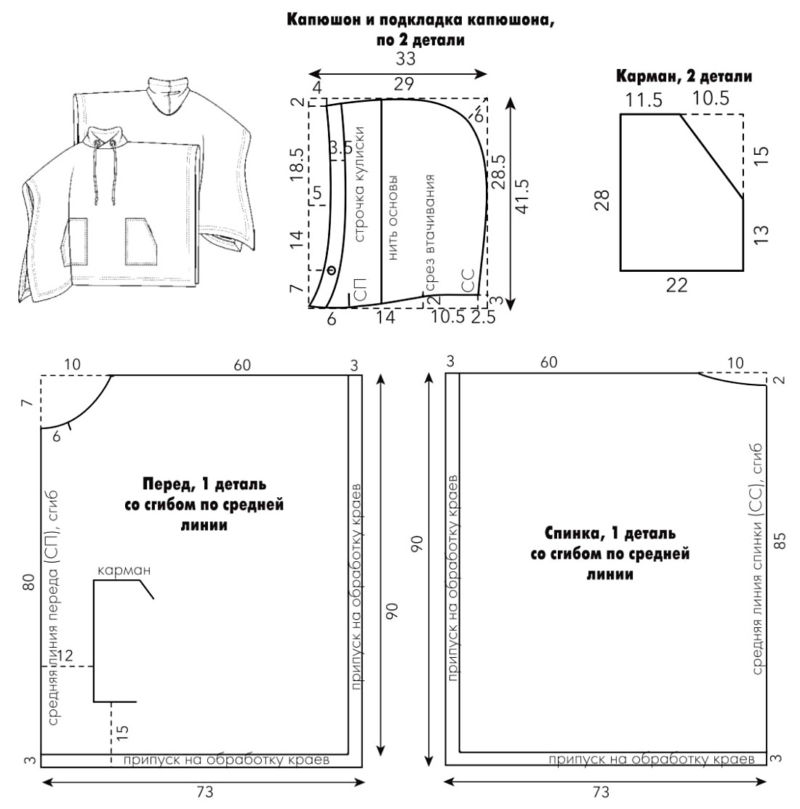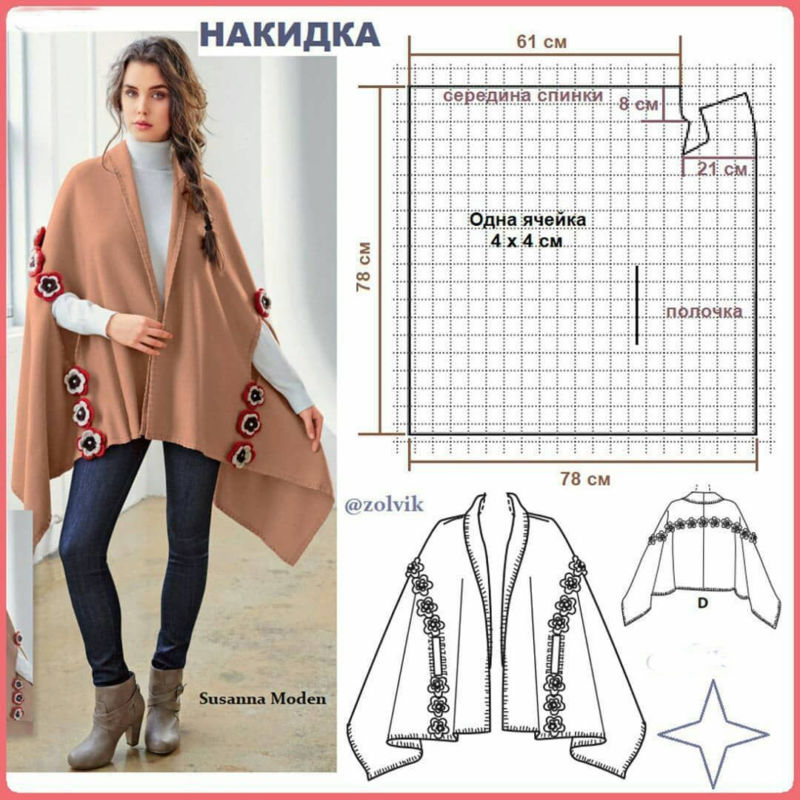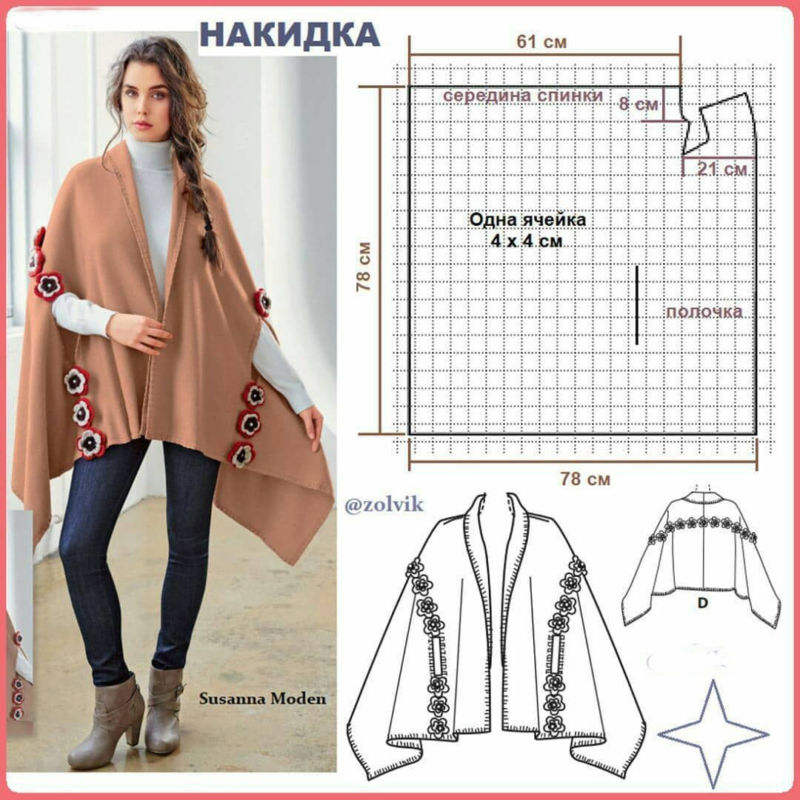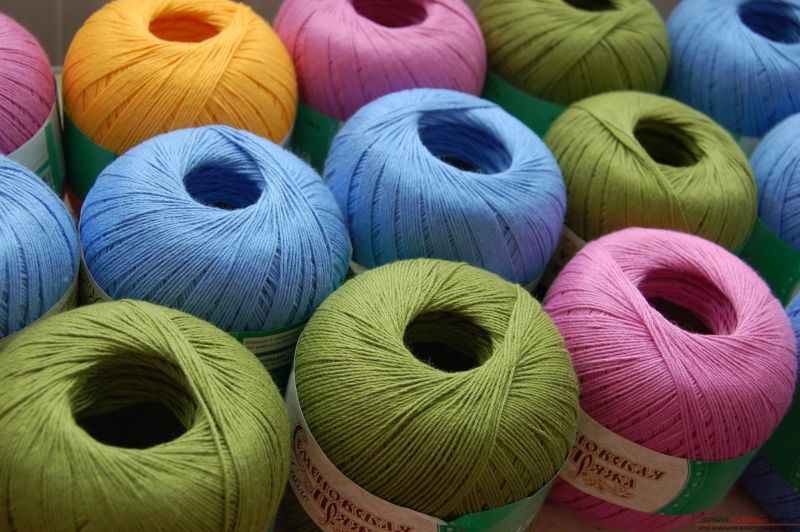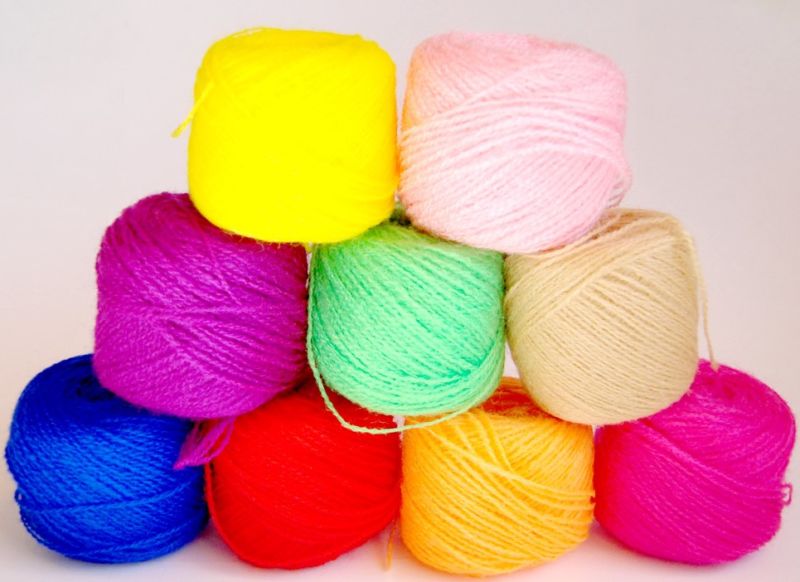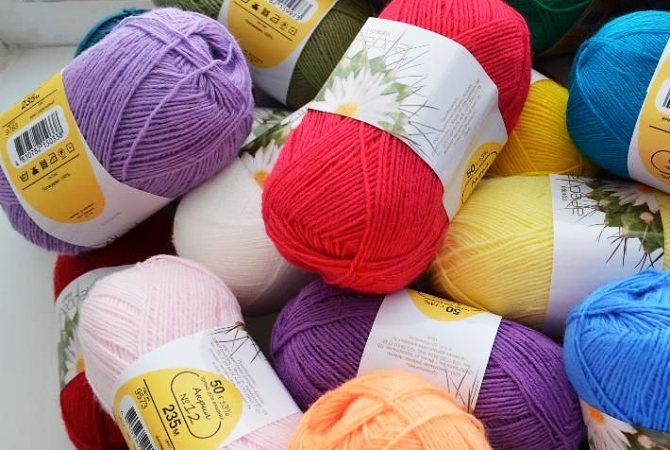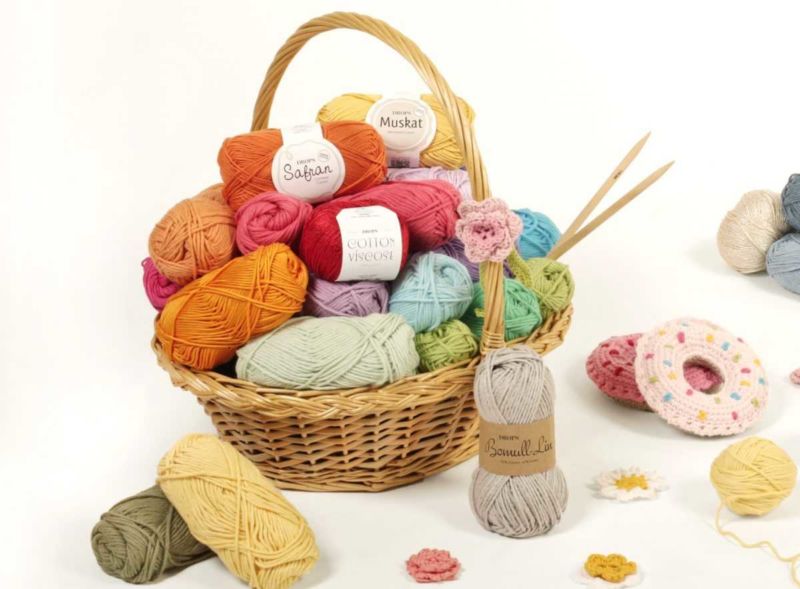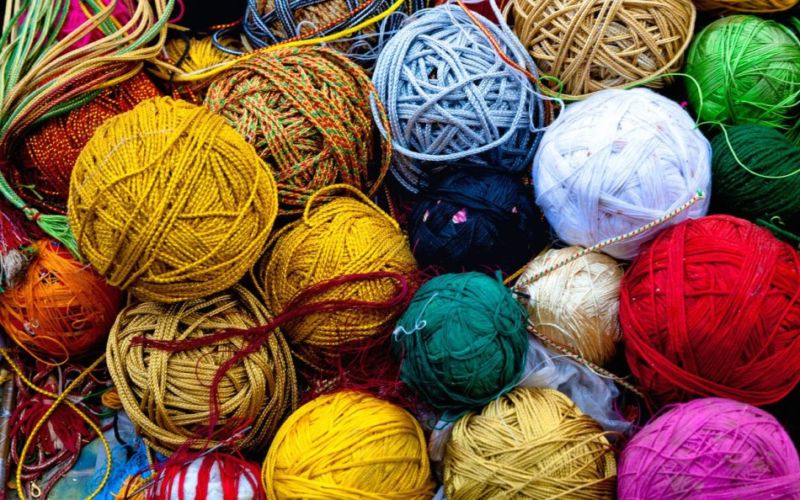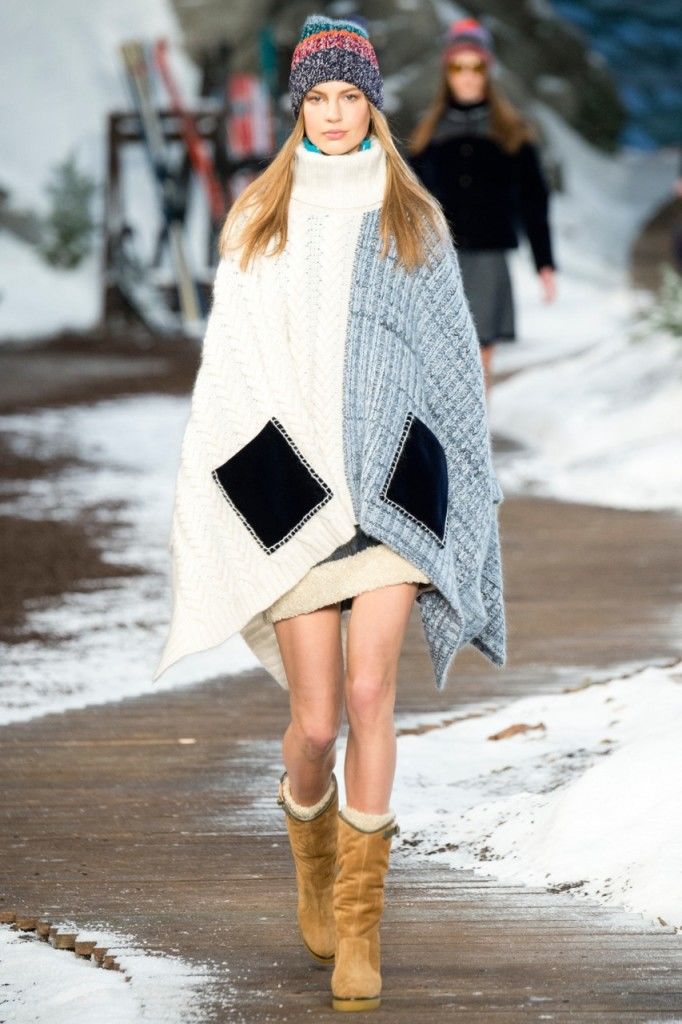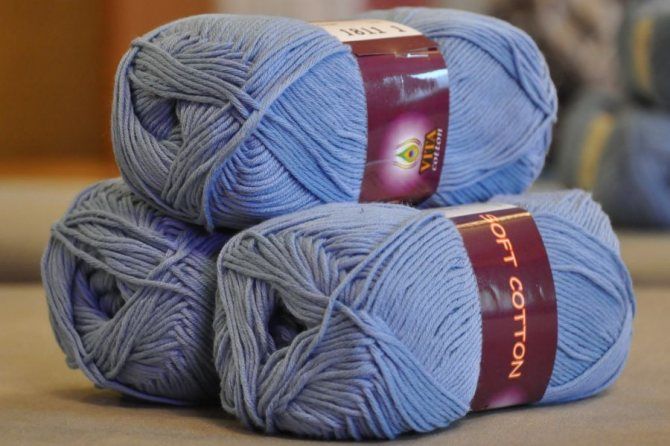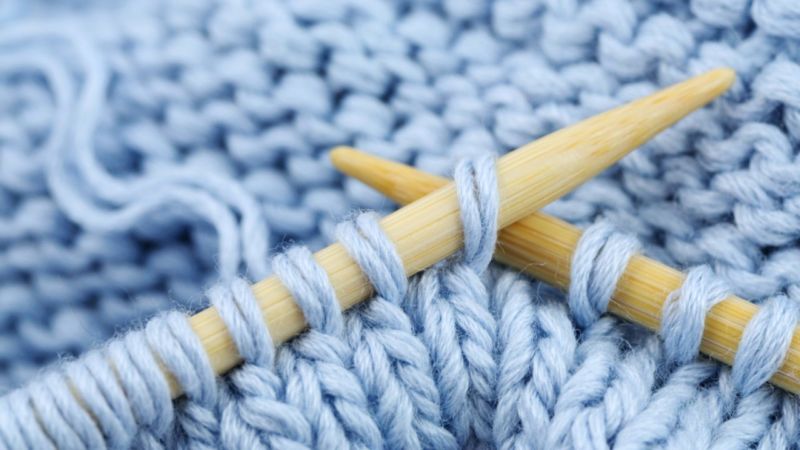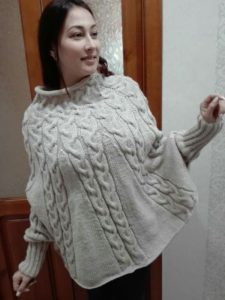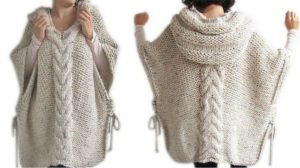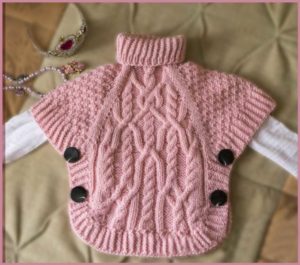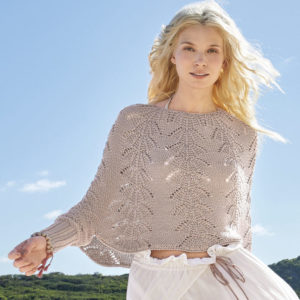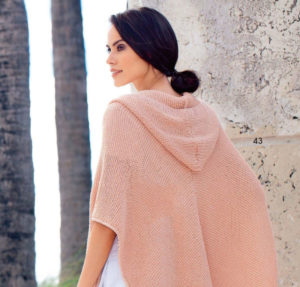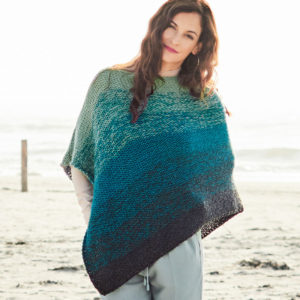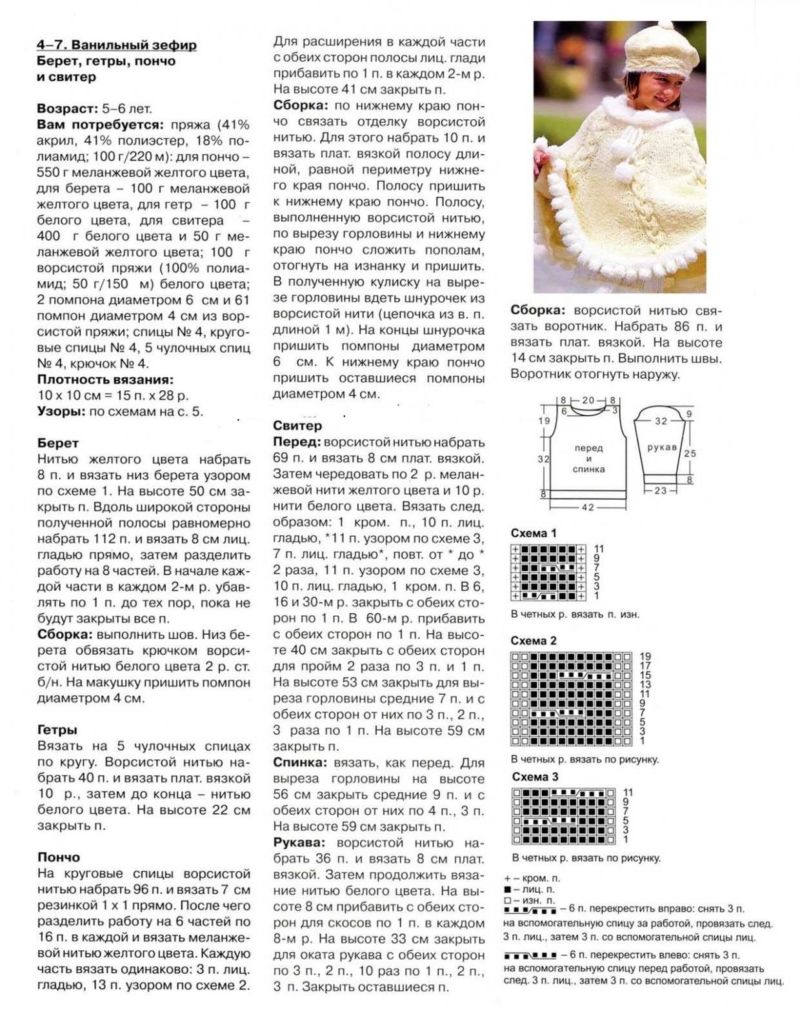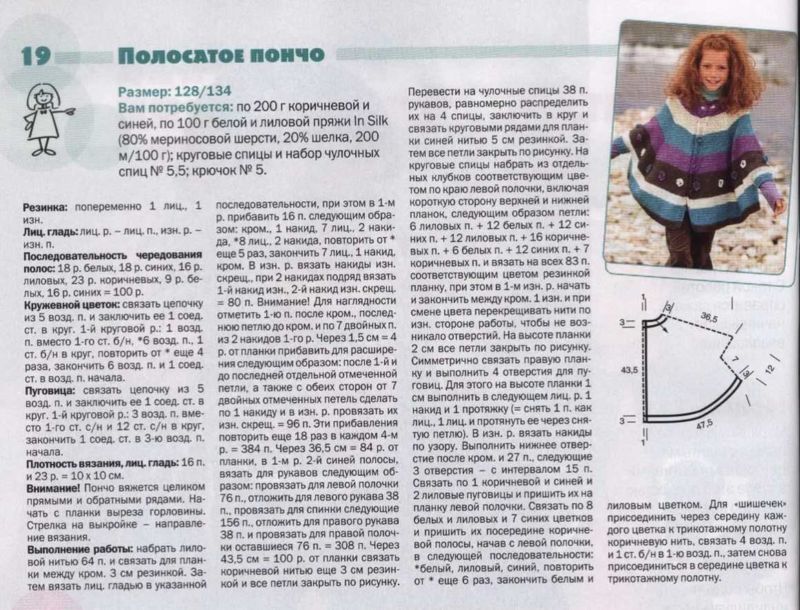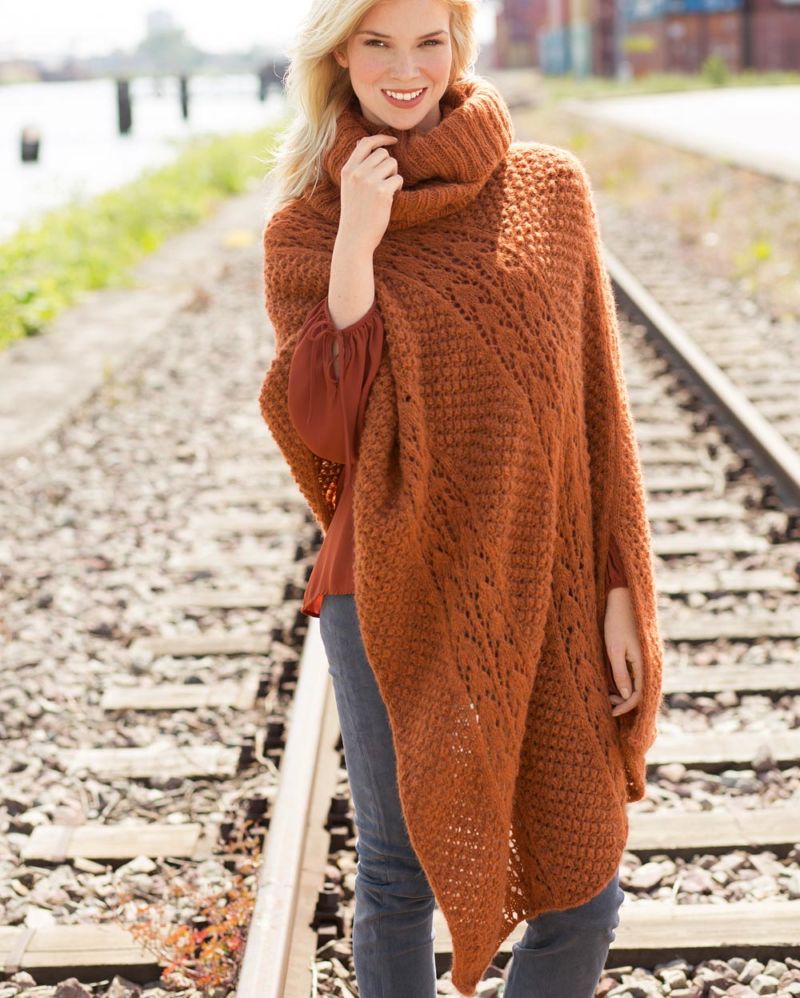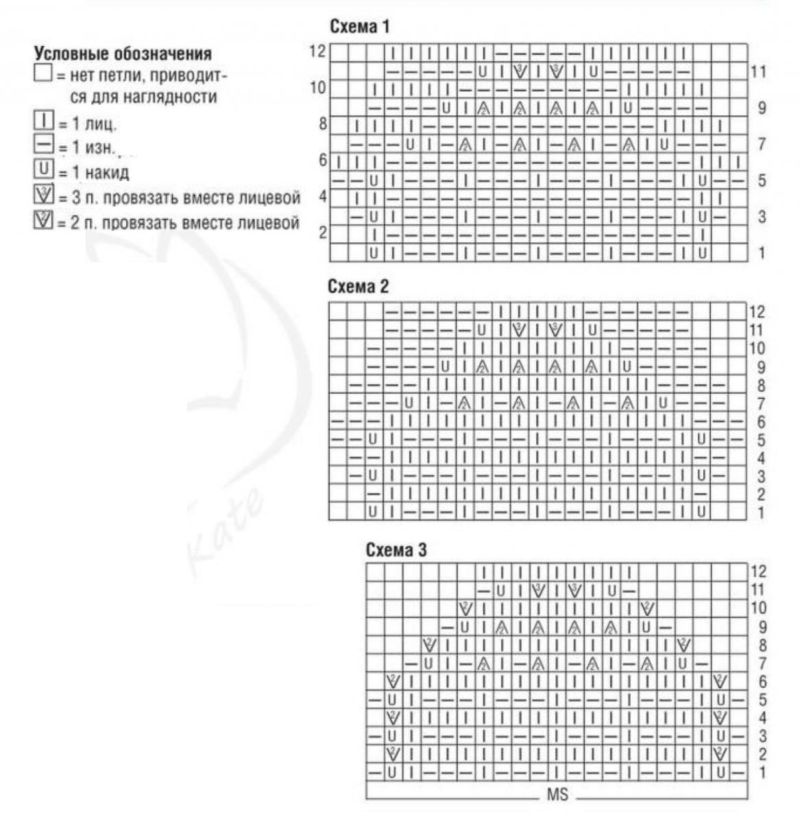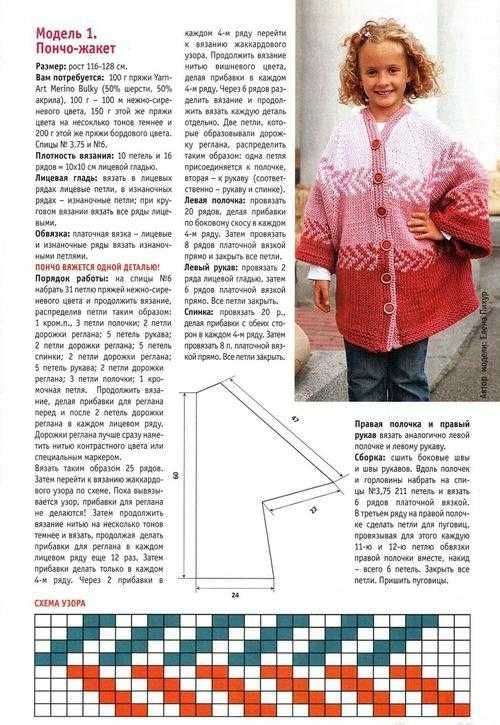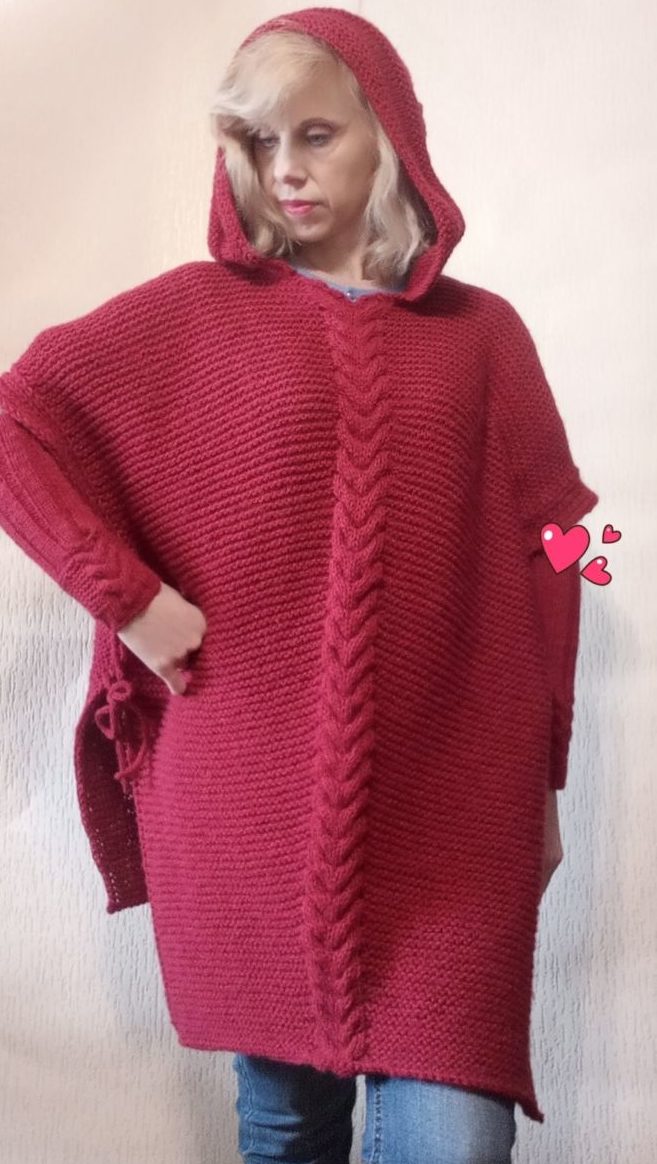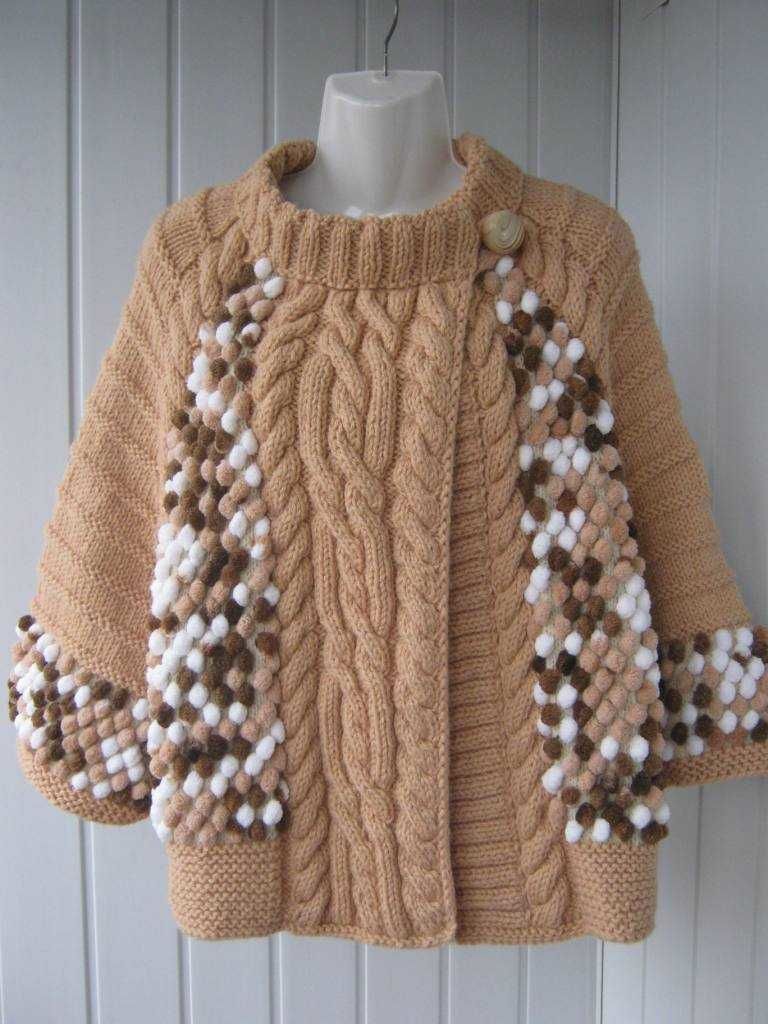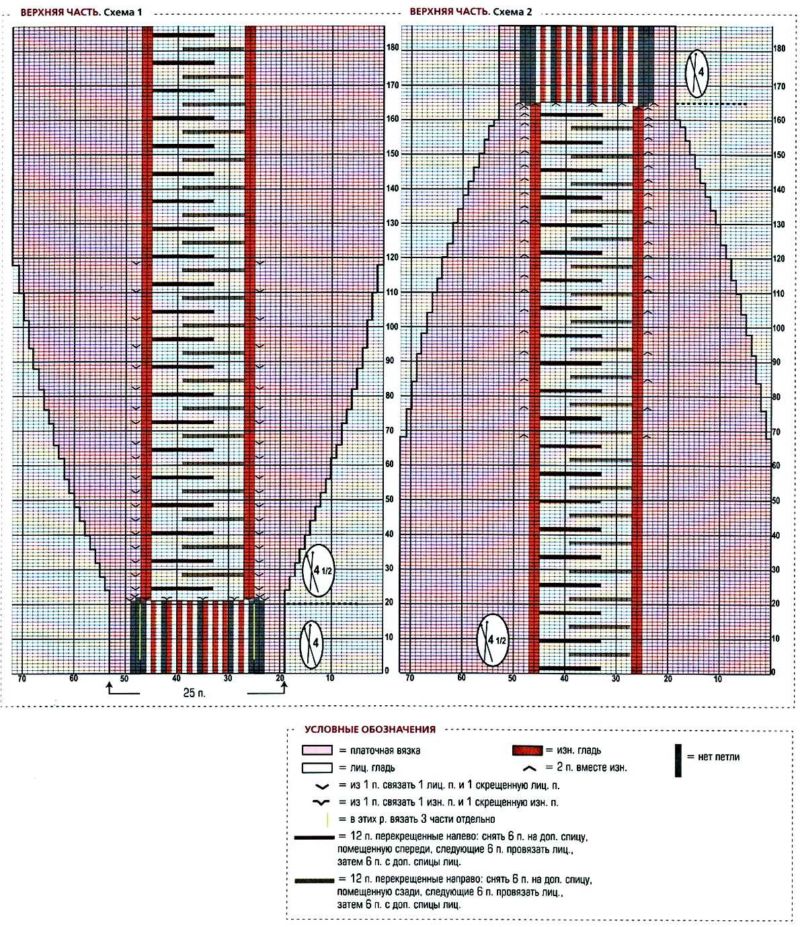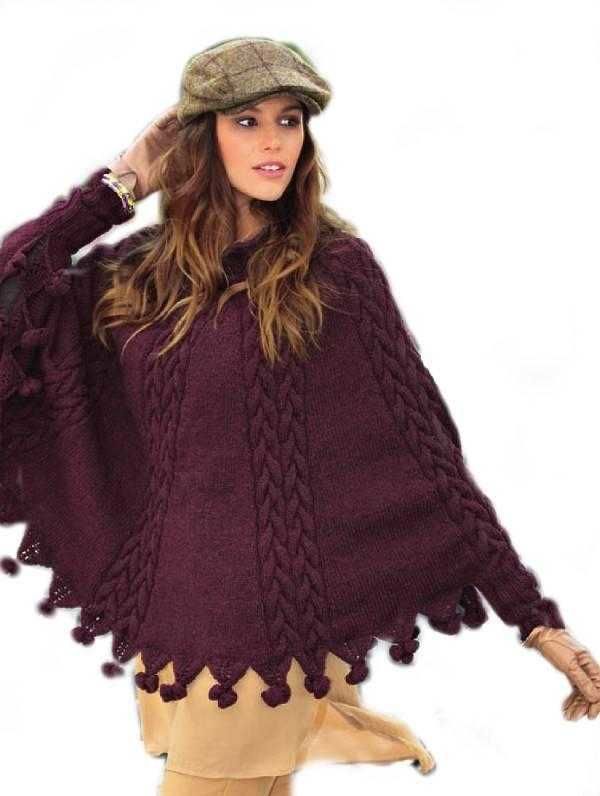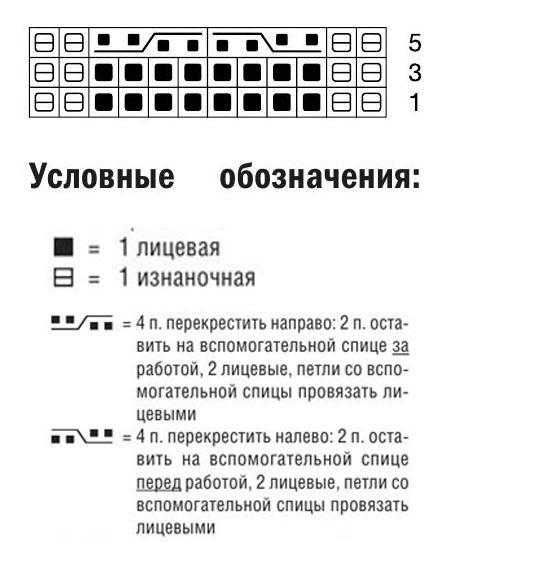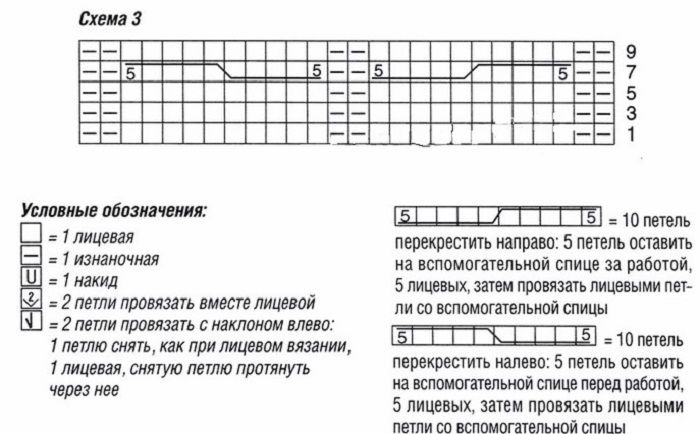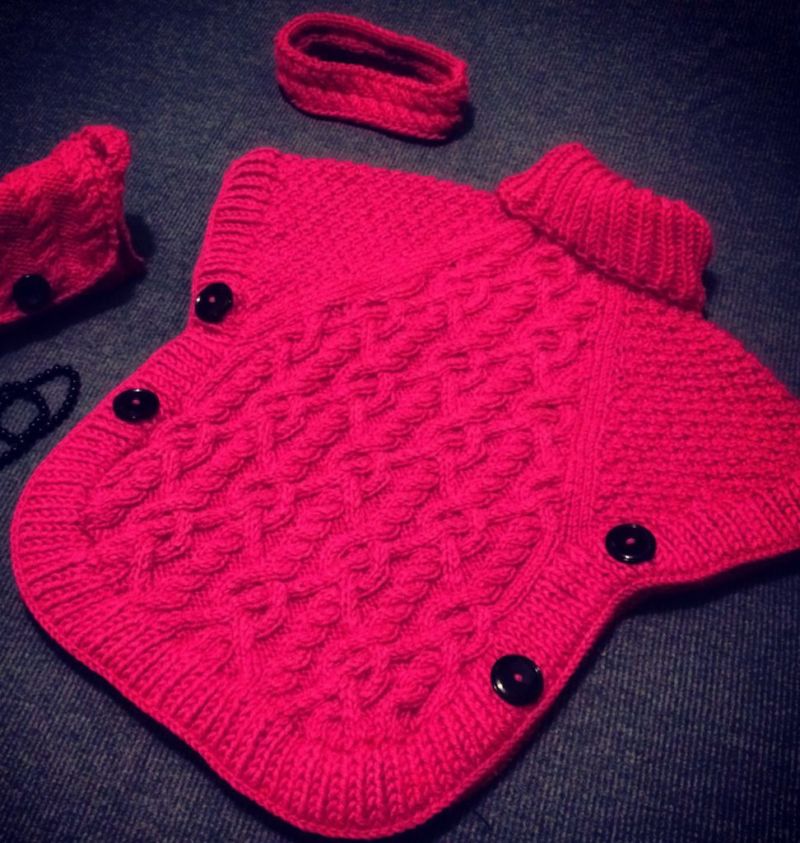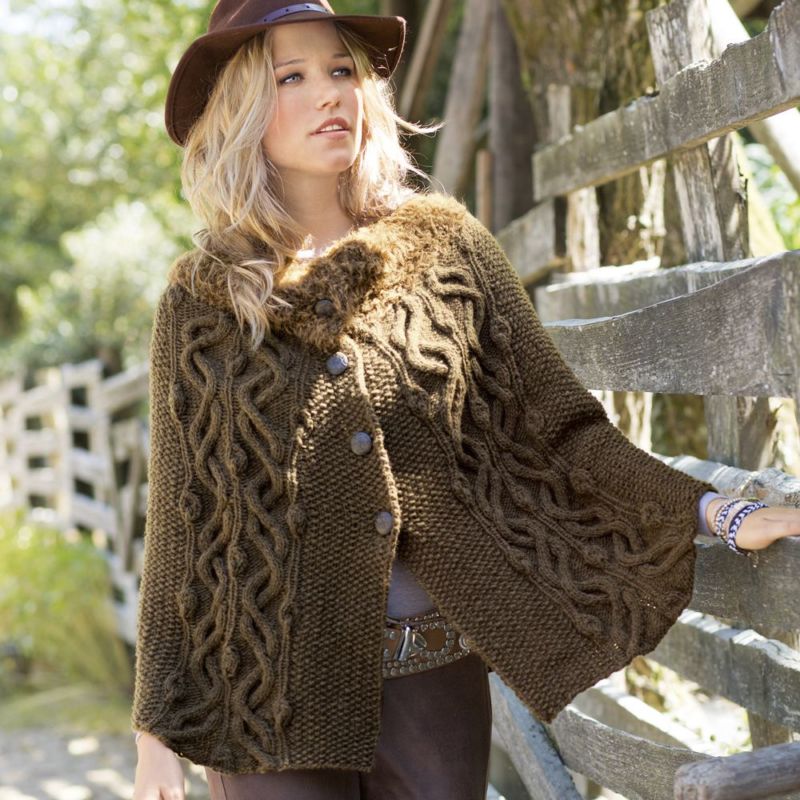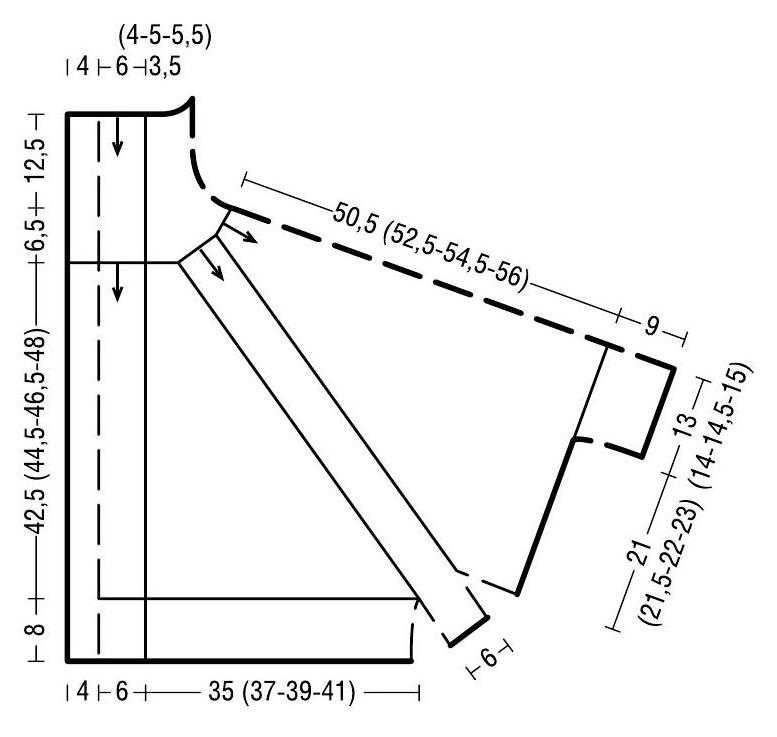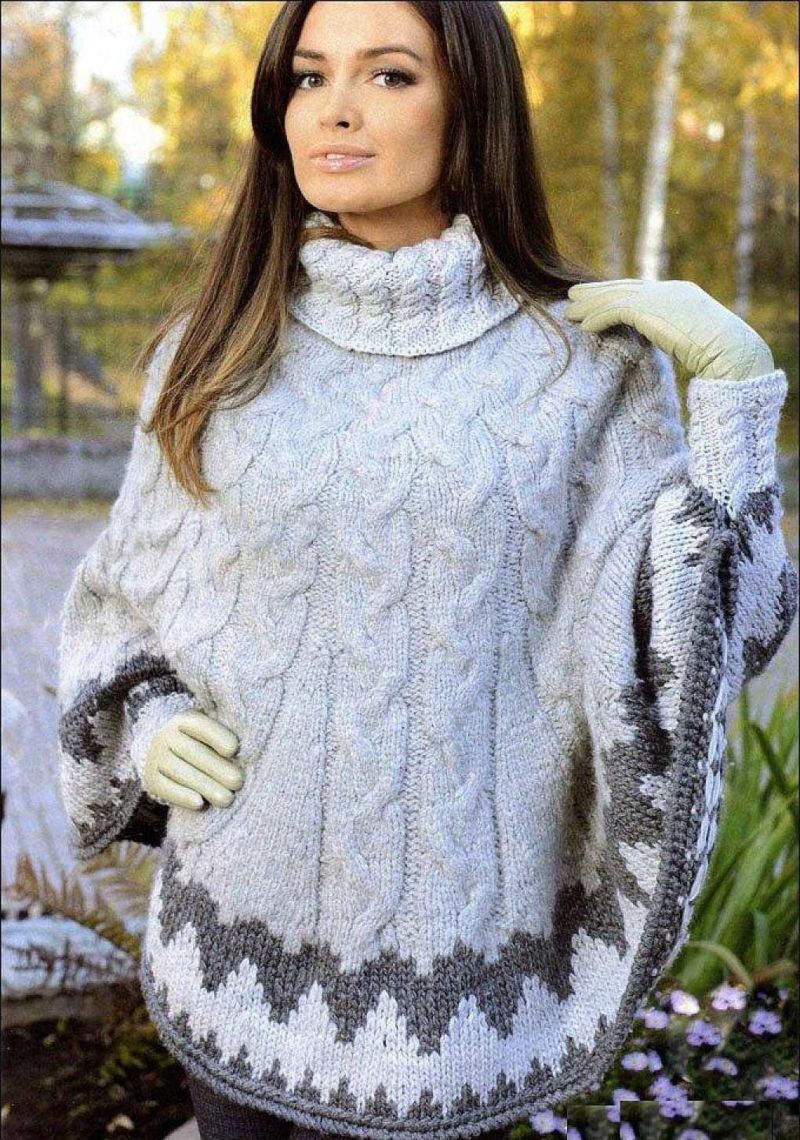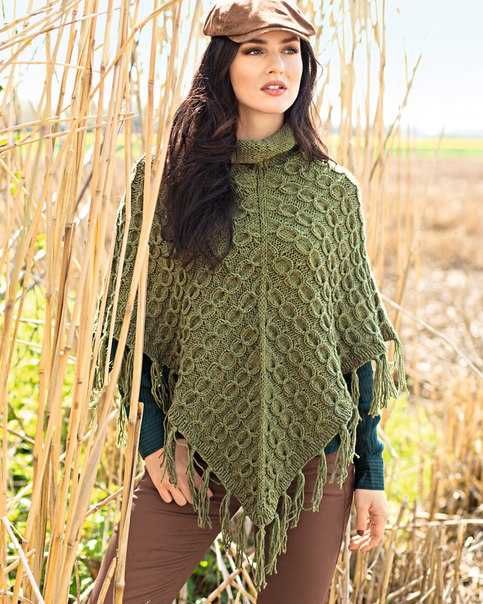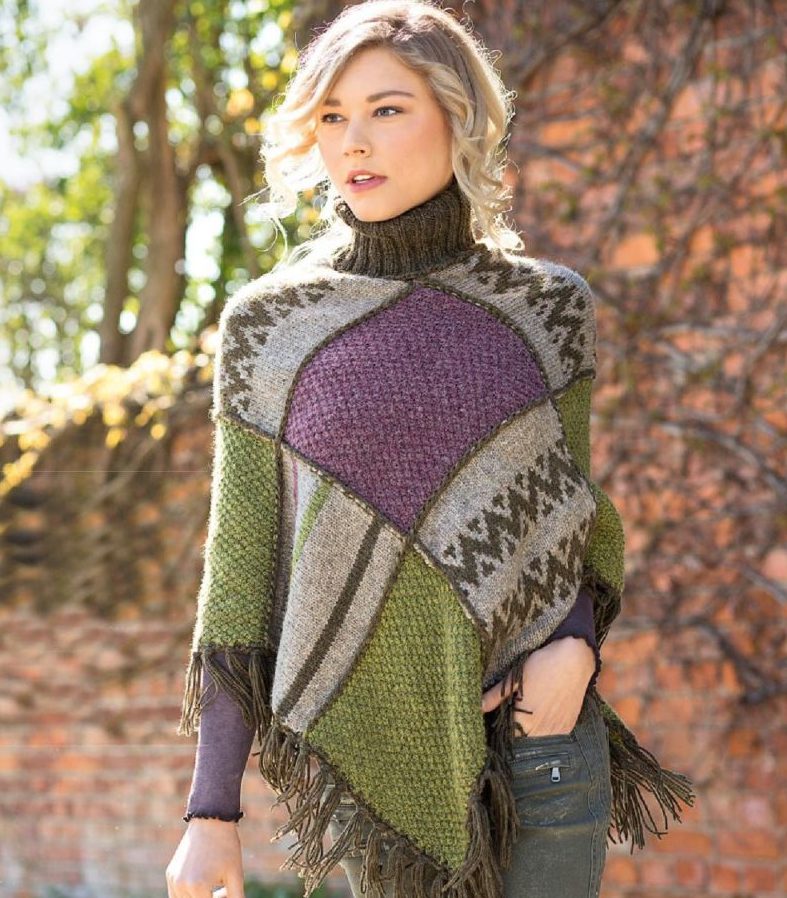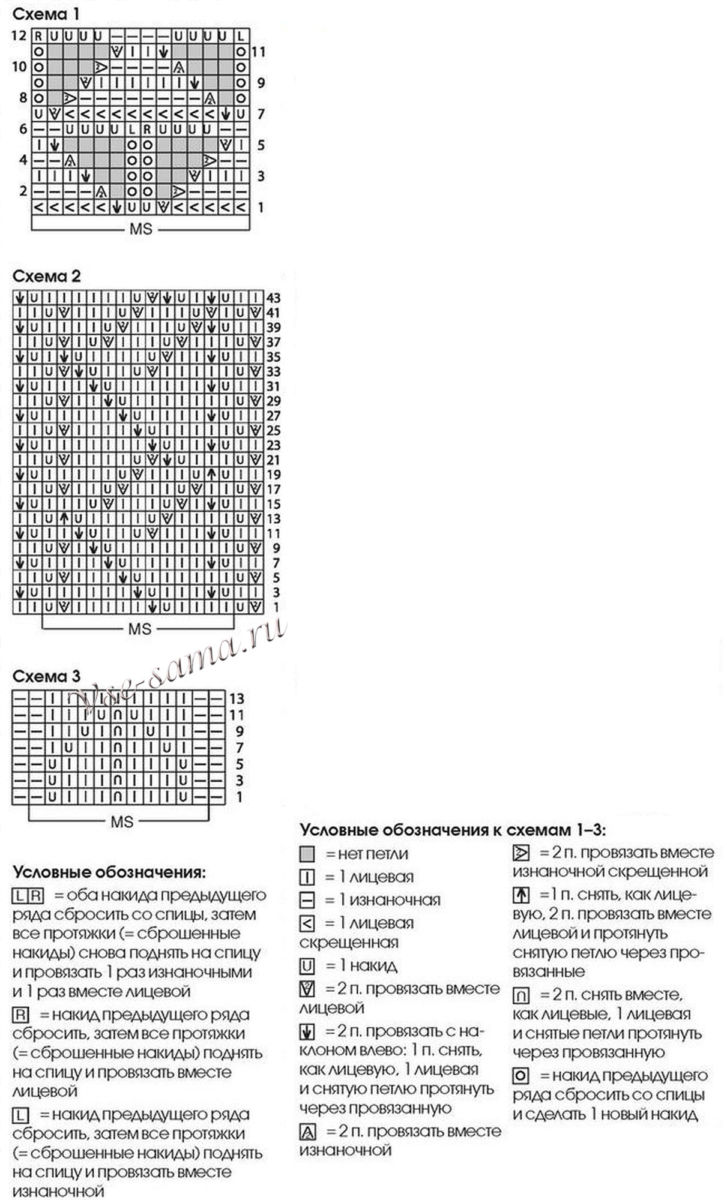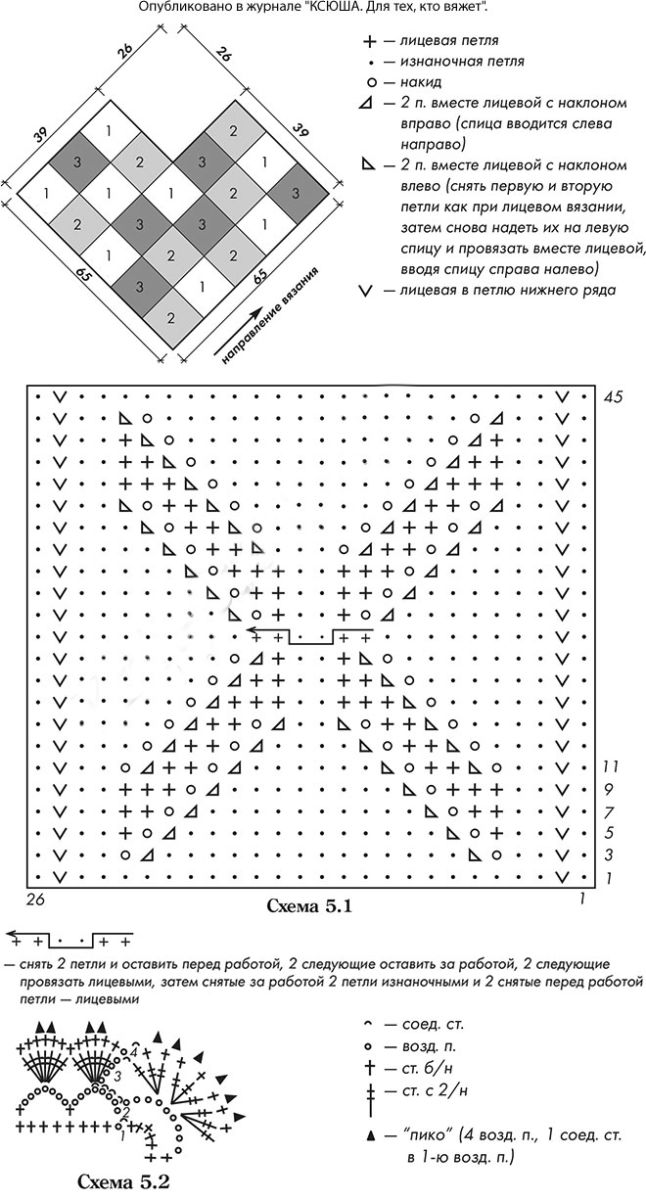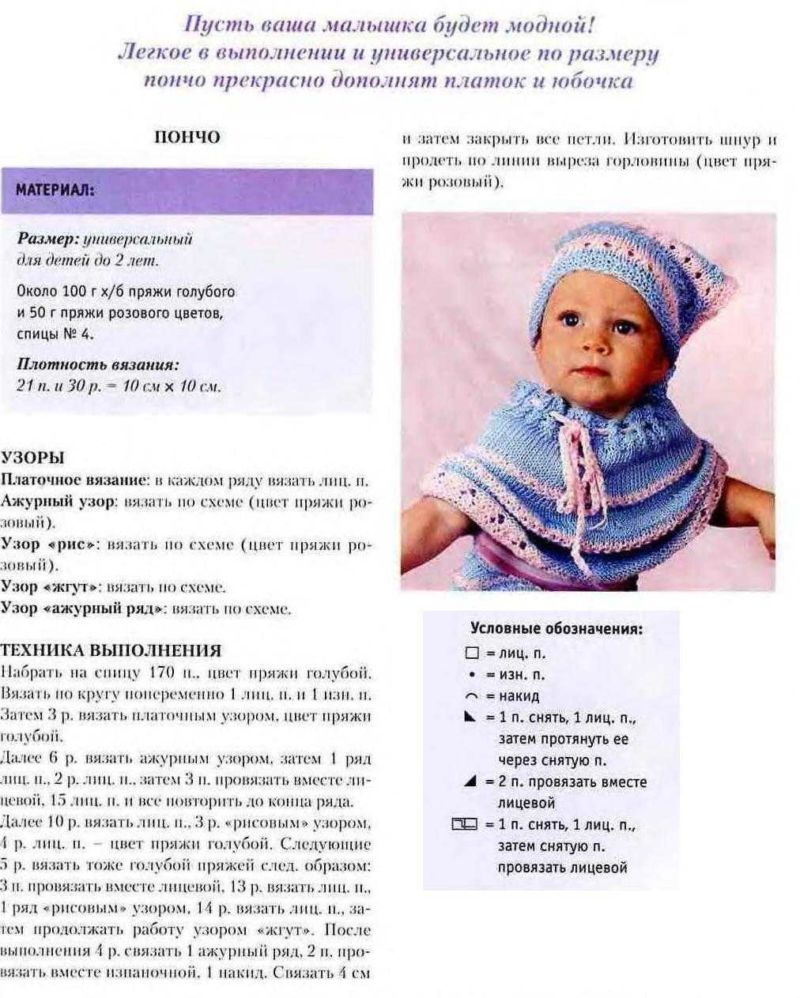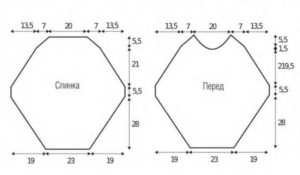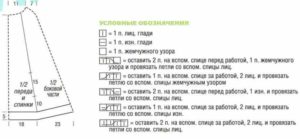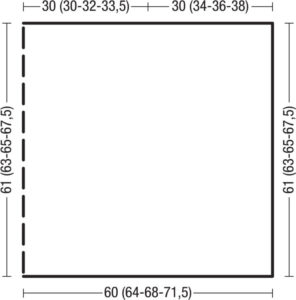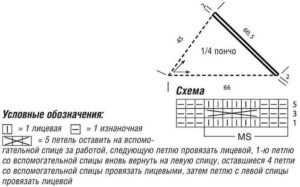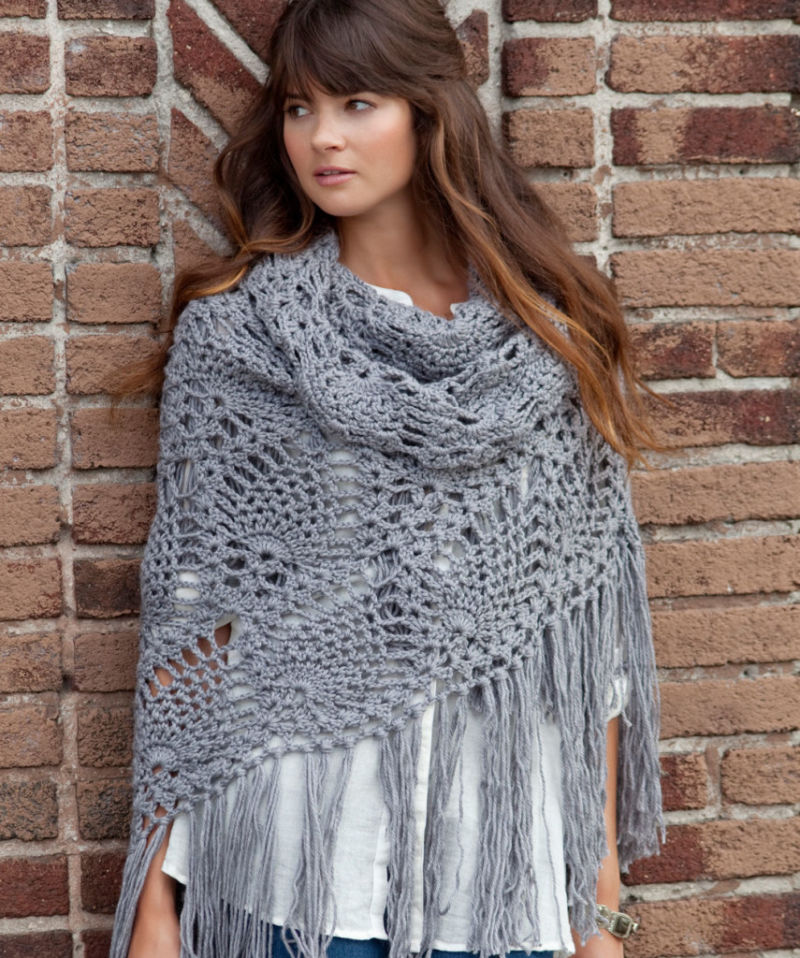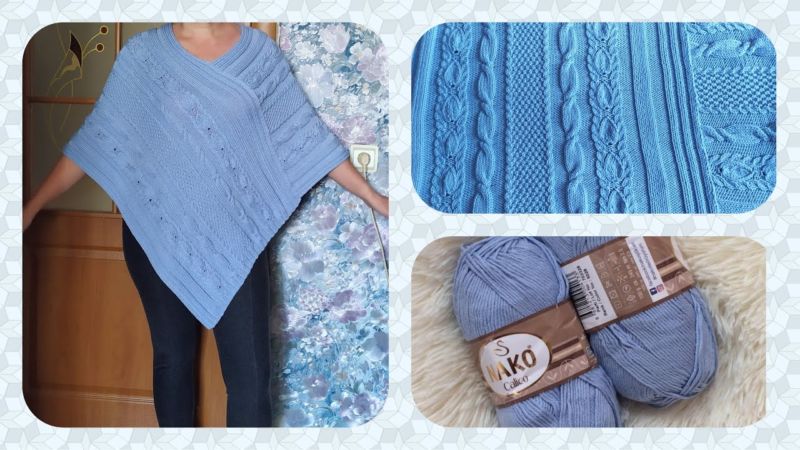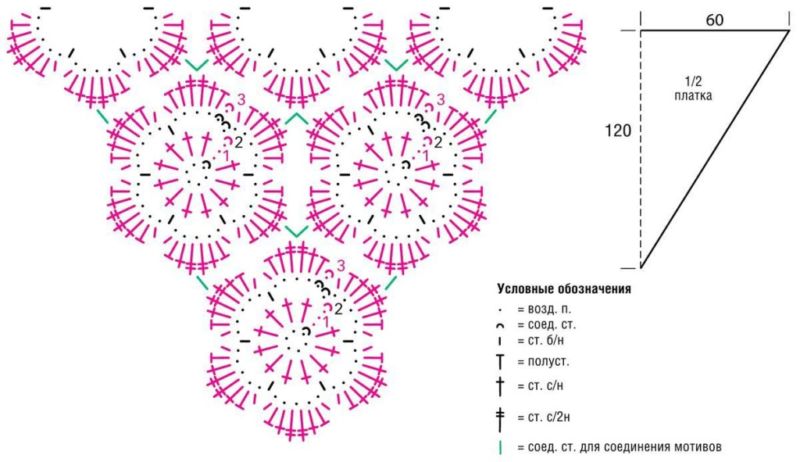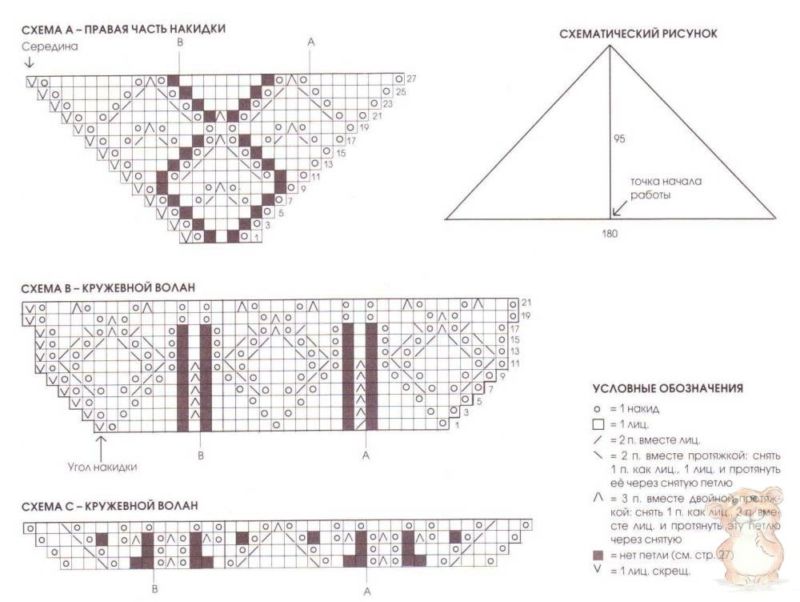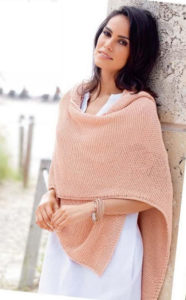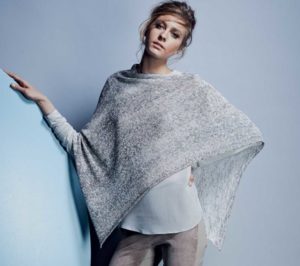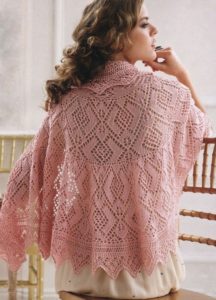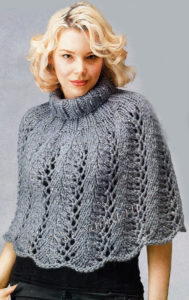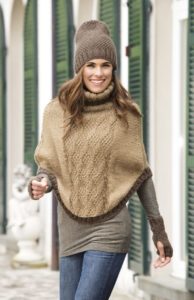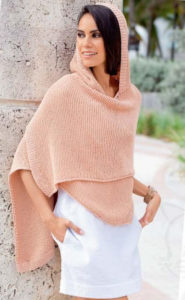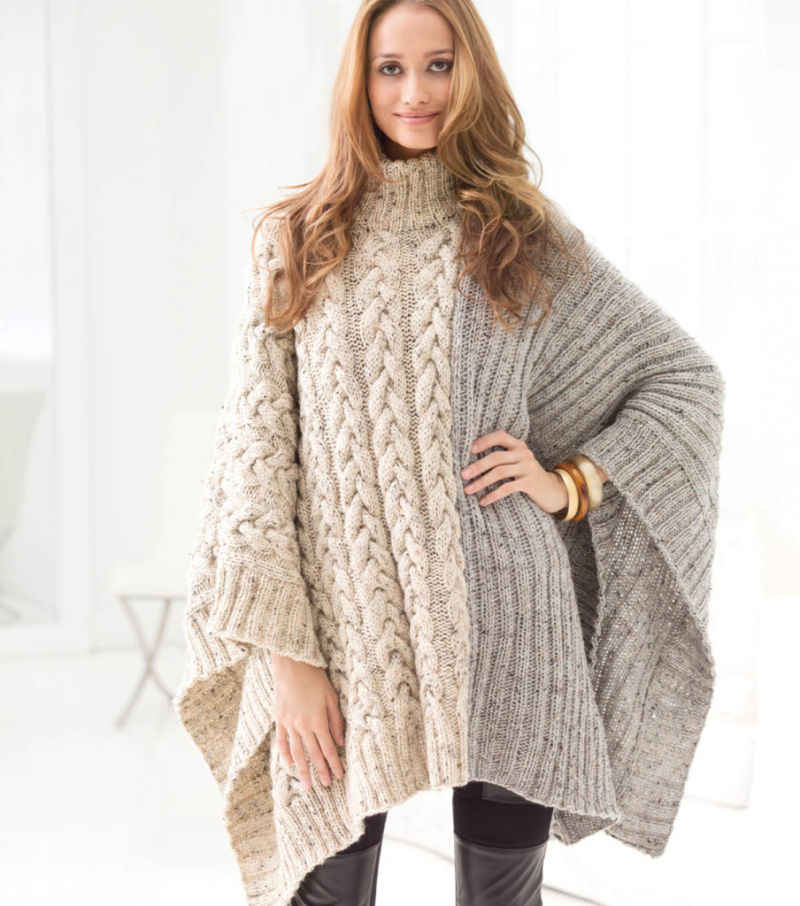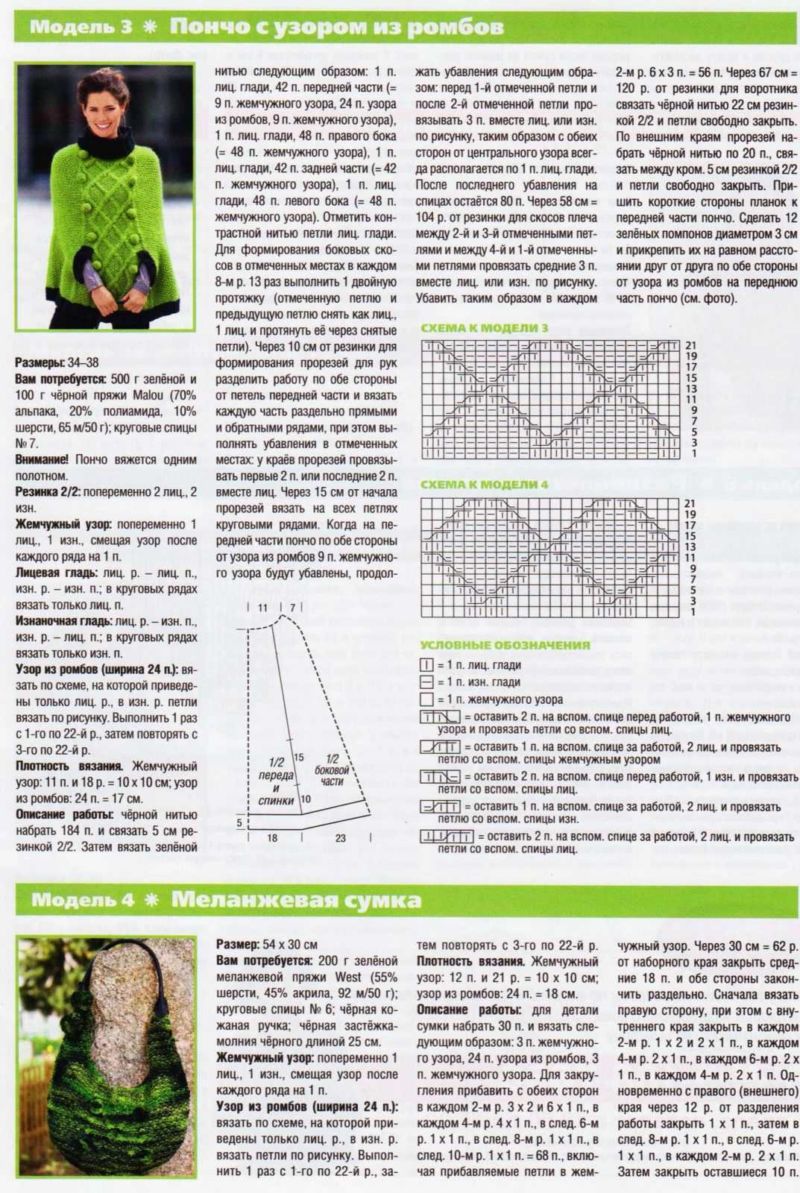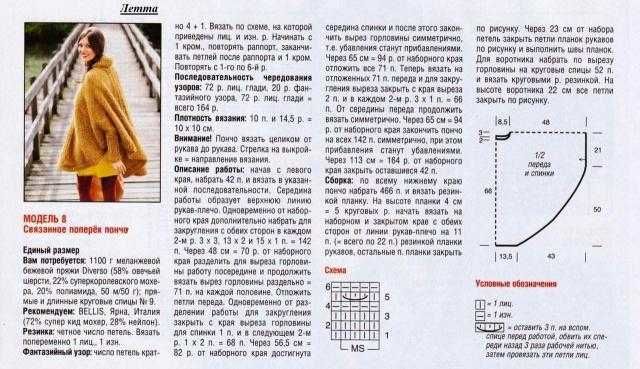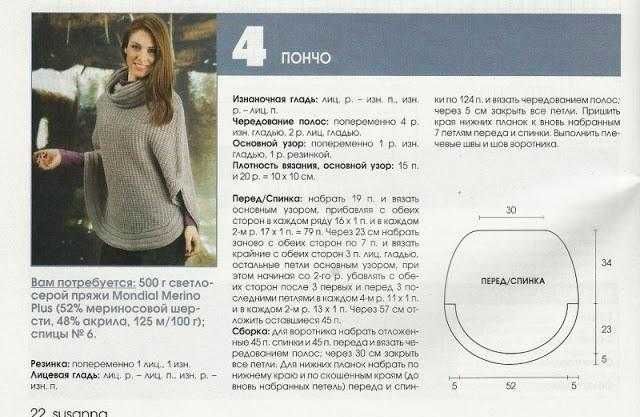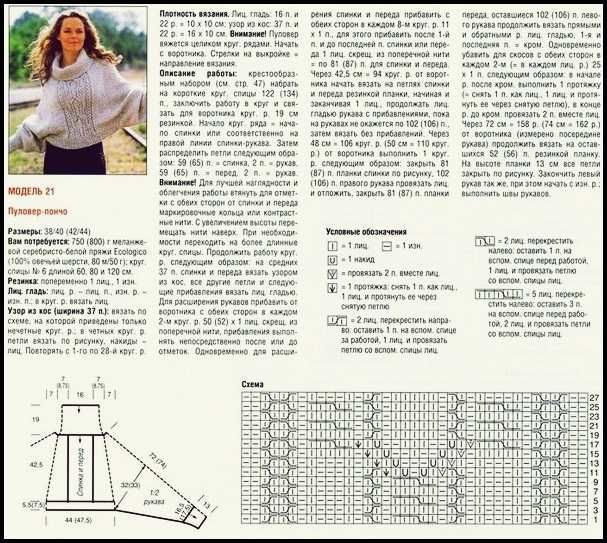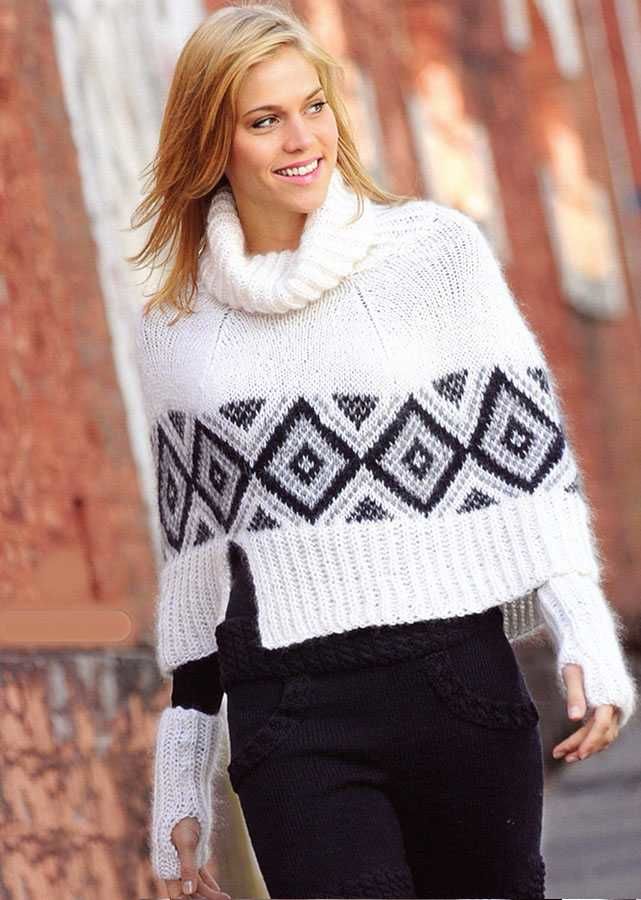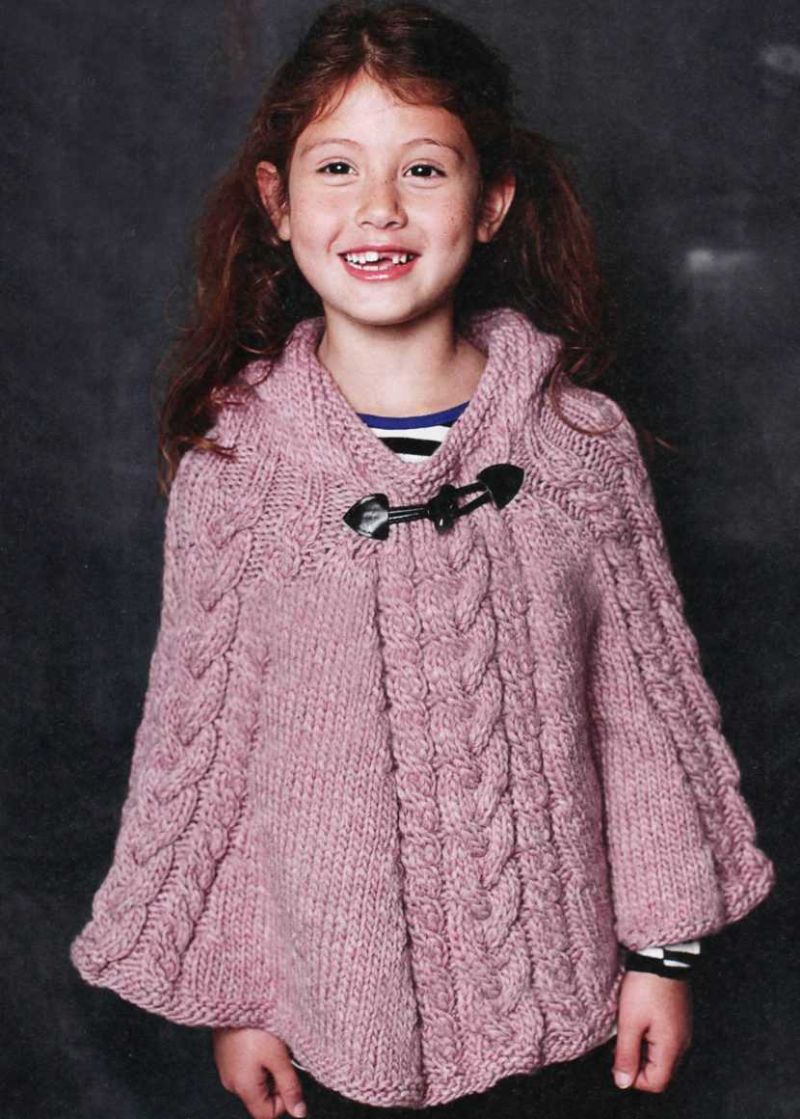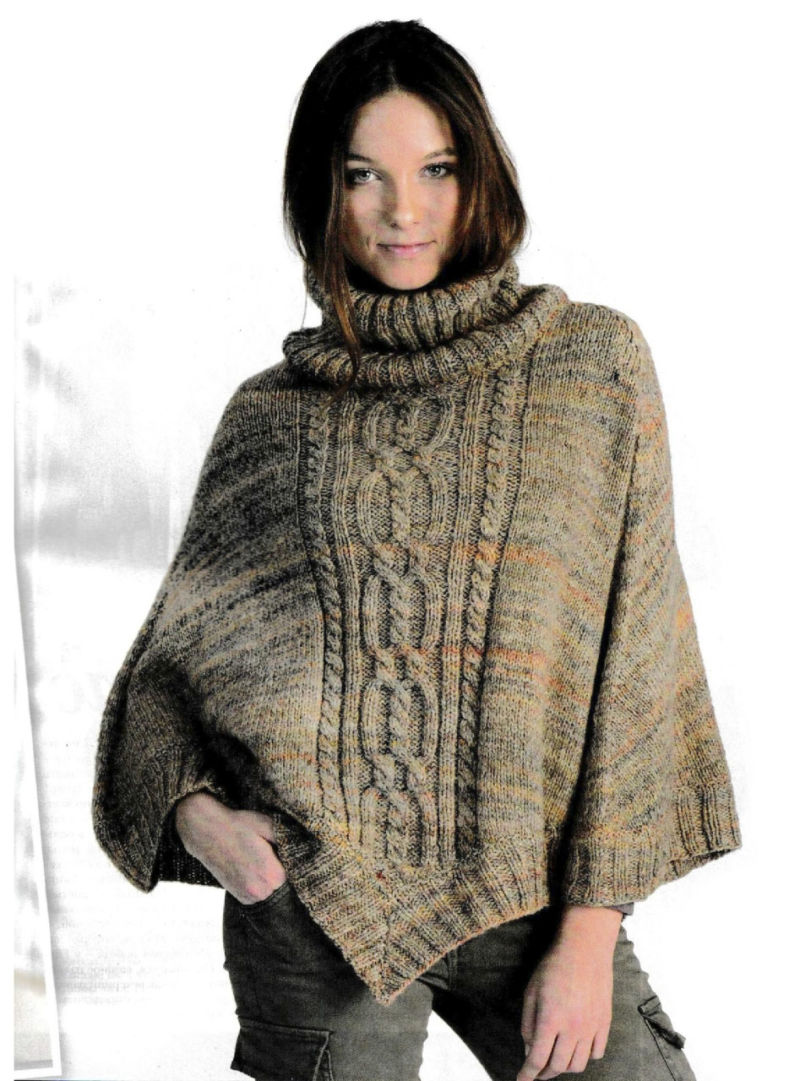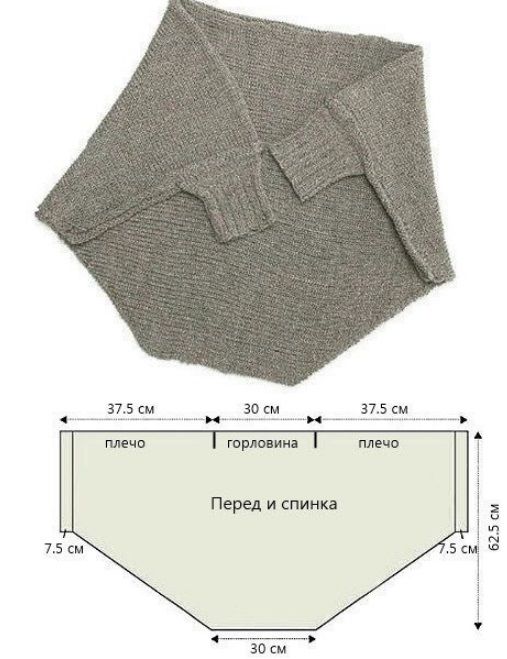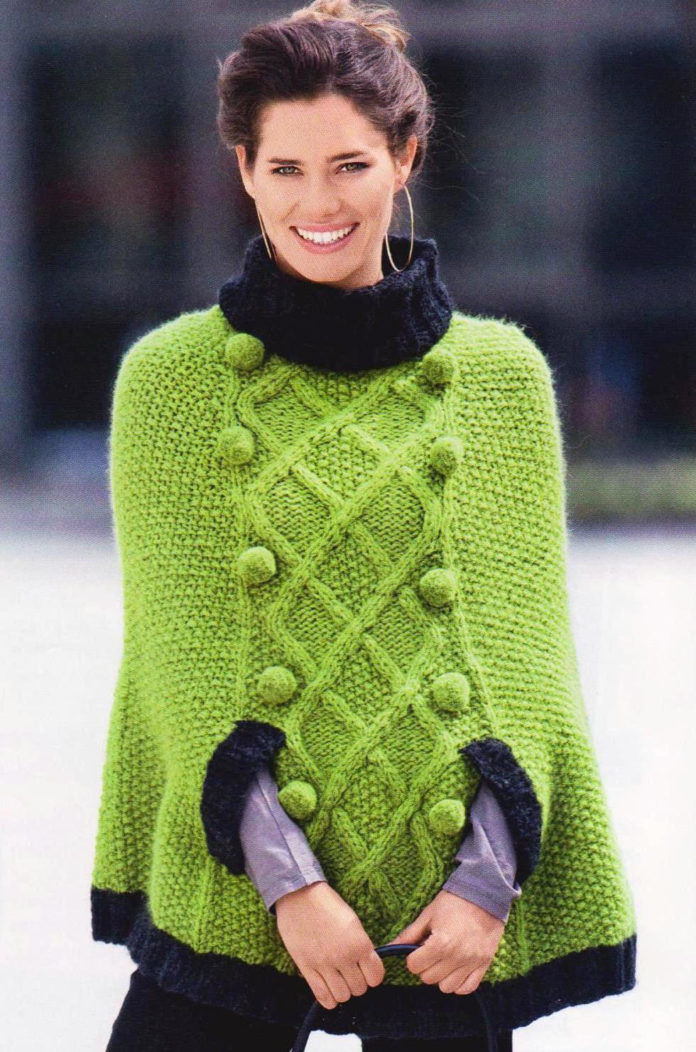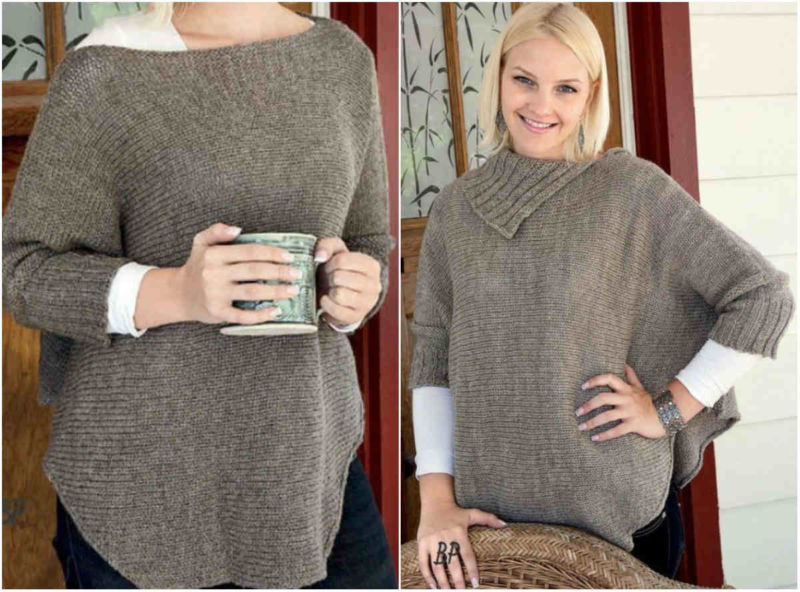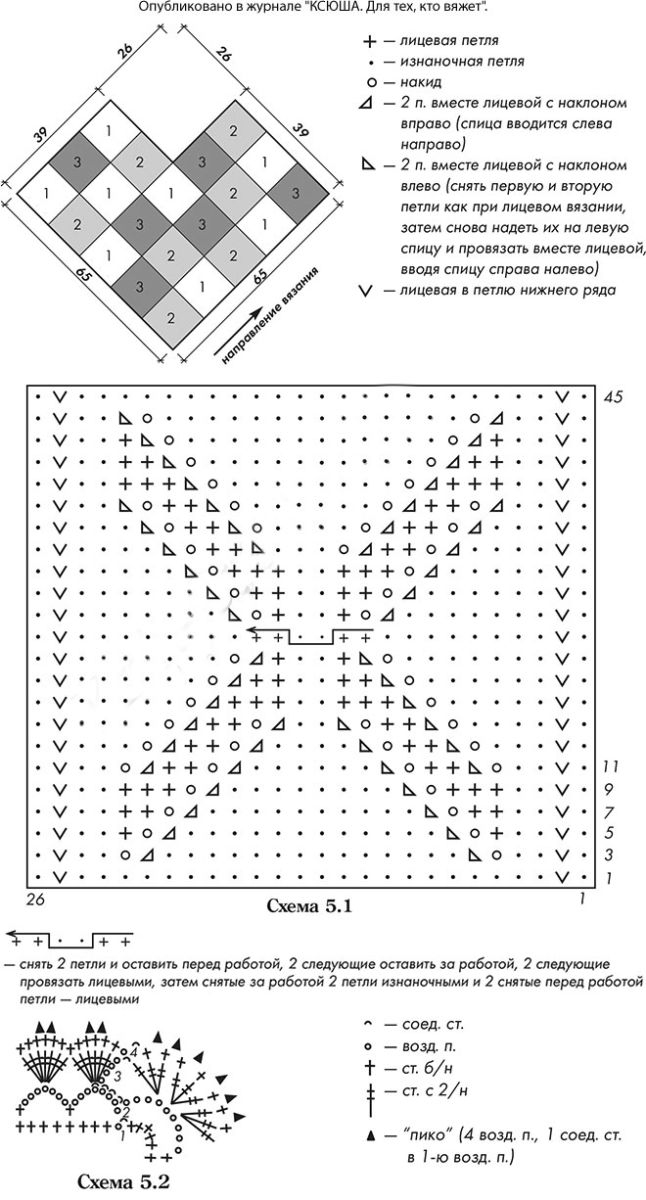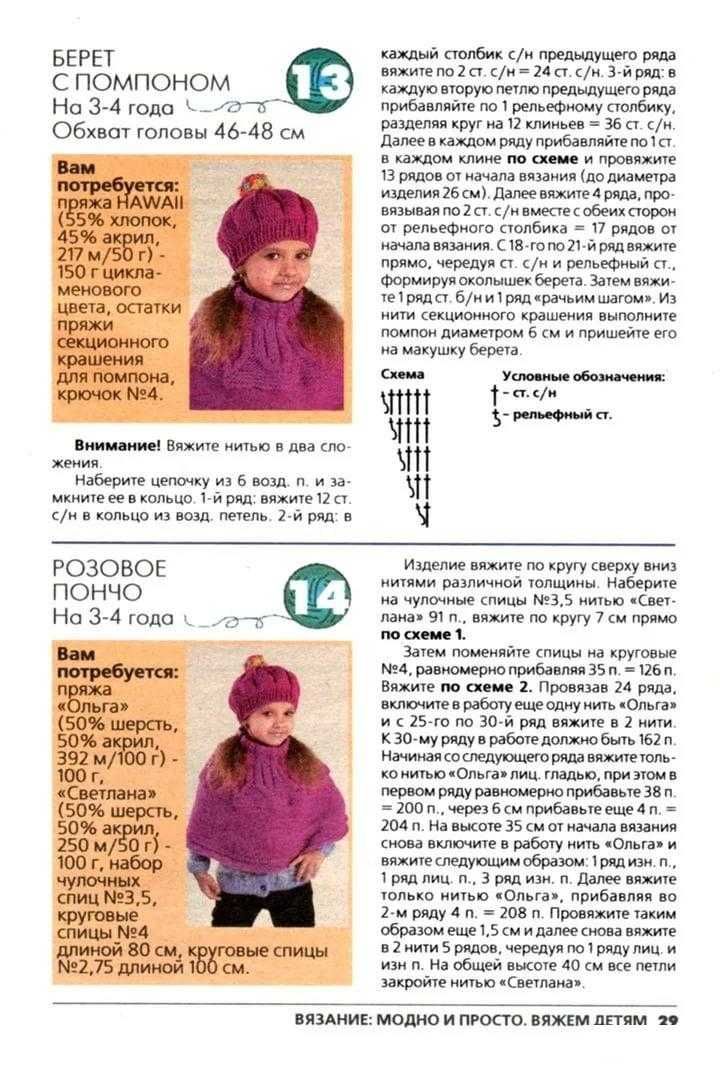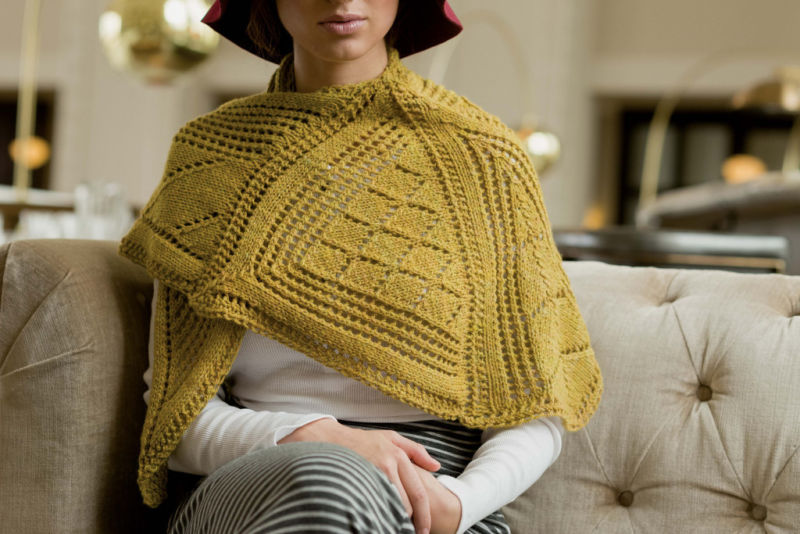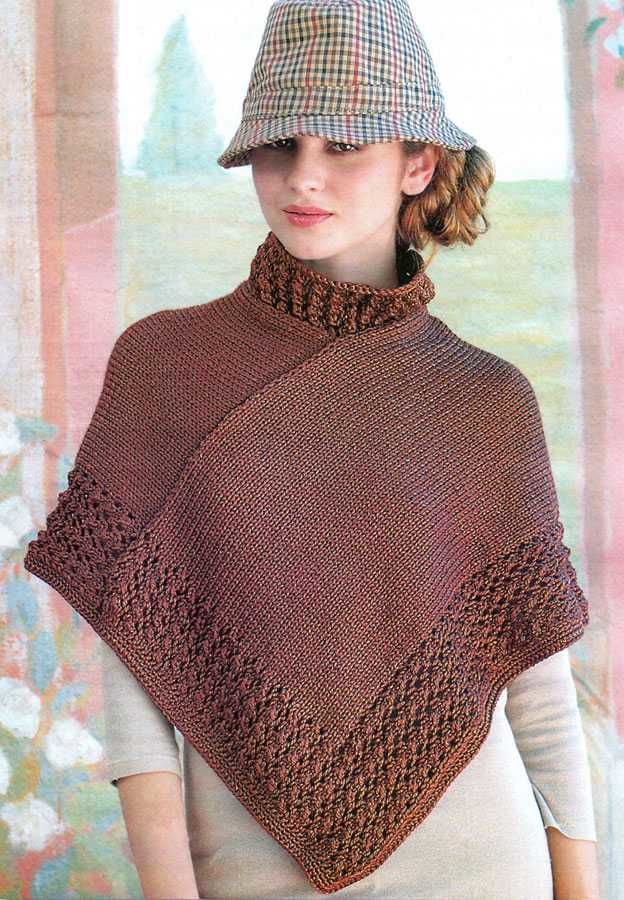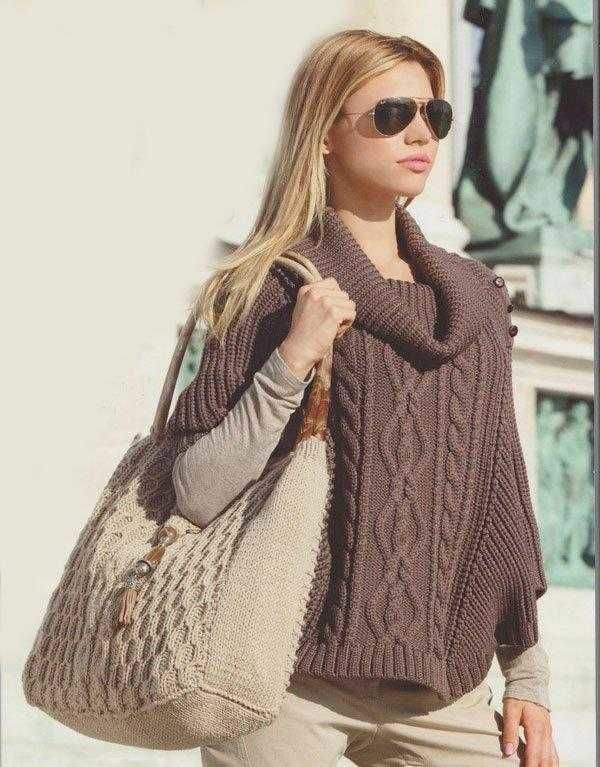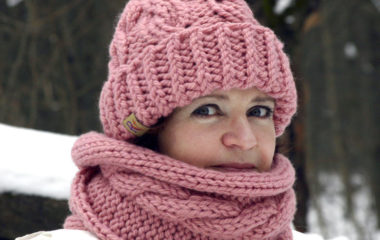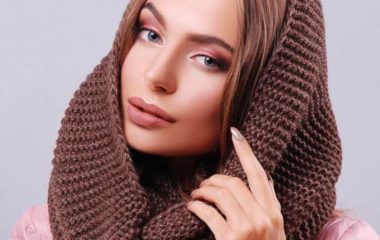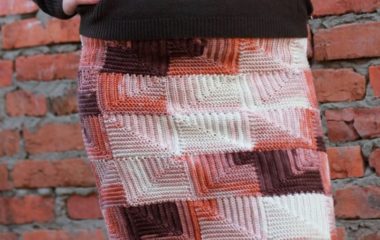Poncho by Scissors: the rules for measuring, the subtleties of pattern preparation, the choice of yarn and patterns to work
Poncho - a fashionable and stylish item of clothing, which allows you to get warm in cold weather and hides the disadvantages of the figure. Tie a cape with their own hands can even a novice craftswoman, and the process does not take much time.
Rules for measuring and preparing the pattern
To ensure that the knitted poncho sat well on the figure, you need to take five measures:
- chest circumference (Girth);
- sleeve length (DR, measured from the upper point of the shoulder to the beginning of the hand);
- neck circumference (NN, measured from the lowest point);
- waist circumference;
- Length of the product (measured from the neck to the desired length of the back).
In order to get sufficient freedom of fit, to get the measurements obtained must add 2-3 cm.
When constructing the pattern, you need to rely on the chosen model. For example, for a classic cape to make a pattern is simple:
- Draw a rectangle with a height equal to the length of the product and a width equal to the sum of measures DR + 1/3 Osh;
- Draw the neckline;
- Make adjustments to the bottom of the pattern.
Yarn and needle selection
When choosing a yarn, be guided by the time of year in which you intend to wear the product. Cotton yarn is good for summer capes.
For beach models, you can use microfiber and openwork patterns. For cooler evenings, give preference to semi-cotton and mercerized cotton yarns.
For fall and spring it is better to choose woolen and half-woolen yarn. Merino poncho is suitable for warm weather. And in cold weather will keep you warm with sheep or camel wool and alpaca.
To make a cape an outerwear for late autumn or early spring it is enough to make a fur lining.
The thickness of the yarn should correspond to the season. Merino with a meterage of more than 300 meters per 100 grams will not be suitable in cold seasons. And cotton with a meterage of 100 meters per 50 grams will be too hot for walks under the summer sun.
In addition, before you start choosing a yarn, you need to decide on the choice of pattern and pattern. Be sure to knit samples and do the WTO. Some types of yarn will not hold a rubber band and braids. Others will not be suitable for front ironing and will stretch after washing.
When choosing a tool, you should rely on the yarn manufacturer's recommendations. Most often the spinning mills specify a range in mm.
To determine which number is right, you need to bind the samples in different sizes. Do a wet-heat treatment, and then choose the one you like best.
Openwork models, as well as products with fine mohair, are better knitted on a larger number of needles. Then the products are airy, and the pattern is better viewed.
Poncho for women by Schemes and Description
Choose a variant of poncho can be for any taste and skill level. Everything depends only on the preferences and talents of the craftswoman. The most common are:
- classic Mexican cape;
- half-coat;
- poncho with a hood;
- model with a zipper or buttons.
Next, let's look at the model options and their descriptions.
Cape with sleeves
A cape with sleeves is a comfortable and practical option. It does not constrain movement and can be worn under outerwear.
Materials needed:
- Yarn (semi-cotton, half-wool or wool. Meterage - 250m/100g). - 500 gr;
- circular needles # 4.5.
Knitting density: 18 n x 26 p = 10x10 cm.
This version is knitted as a single sheet, without breaking the thread.
Dial on the needles of 82 stitches method of "long tail", knit 6-7 cm with a rubber band 3 on 2. Then switch to the main pattern (repeat each rapport 8 times):
- 1 p. - 5 l, 5 i;
- 2 р. - 4 l, 5 and, 1 l;
- 3 - 2 and, 5 l, 3 and;
- 4 - 2 liters, 5 and, 3 liters;
- 5 - 4 and, 5 l, 1 and;
- 6 - 5 and, 5 l;
- 7 - 1 i, 5 l, 4 i;
- 8 - 3 and, 5 liters, 2 and;
- 9 - 3 liters, 5 liters, 2 liters;
- 10 - 1 i, 5 l, 4 i.
Then repeat from the first to the tenth row.
Important! In each successive strip of pattern is shifted by one stitch to the left.
- Additions to be made on both sides in every sixth row 11 times.
- After 50 cm divide the work into two parts by 52 stitches to form the neck. Knit each part separately for another 22 cm.
- Then join the work into a single piece and knit another 10 cm. When the length of the piece is 82 cm divide the stitches again into two parts and add 2 stitches to the edges.
- Knit the back for another 70 cm and close the stitches. Knit the front for another 85 cm and close the stitches. Sew the sleeves together.
- Stretch 80 sts around the neckline and knit in a 3x2 strap 22 cm. Close the stitches. Carry out WTO.
Sleeves with removable sleeves.
Poncho with removable sleeves looks original and suitable for different weather conditions.
Materials needed:
- wool yarn (50g/100m) - 700 g;
- circular and stocking needles - 3.5 mm;
Knitting density: 21 n x 30 r. = 10x10 cm
Pick 320 stitches on circular needles and make a circle. Marker the beginning of a row. Tie a rubber band 2 faces, 2 wrongs. 5 cm.
Add 3 more markers every 79 stitches (the work is divided into 4 parts). Marker the beginning of the rapport in the center of the back.
Knit shortened rows:
- 1 - 5 faces, reversed;
- 2 - 9 of inf, turn;
- 3 - 12 faces, reversal, etc. Adding in each stitch by 3 loops, which have been knit. All in all 50 shortened rows. Then, knit to the marker in the center of the front. Knit two shortened rows:
- 1 - 8 faces, reversed;
- 2 - 15 in, turn around.
Next you need to:
- Continue shortened rows according to the diagram below (24 total). In each of the next strip of crochet on 6 loops more.
- Continue until the beginning on the back. Then go on to the main pattern. After every 6 rows, add 1 stitch on each side of the side markers. Carry out a total of 20 counts.
- After the pattern scheme is done, go to the front of the pattern. After 4 rows, knit a stripe with the ducking: *6 faces, 2 together with a right bend*, repeat until the end of the row.
- Repeat the slack in every fourth row, reducing by one the number of loops between the slack (4th row - 5 faces, 2 together, 8th row - 4 faces, 2 together, etc.). Then knit 20 rows. On the needles should remain 90 loops.
- To decorate the neckline, knit a row of straight stitches, evenly adding 6 stitches. Next, knit 24 cm on circular rows in a 2x2 strap. Close the stitches.
- For the sleeves, gather 64 stitches on stocking needles, join in a circle, place a start marker. Knit in a 2 x 2 rhythm for 24 cm. Close the stitches. Make second sleeve.
Model with tassels
Tassels on the poncho look great in both summer and winter models. Consider a variant for the warm season.
Materials needed:
- cotton or microfiber (90 m/50g) - 500 g;
- Circular and stocking needles #6;
The model consists of 22 identical squares. The square must be knitted according to the scheme below.
- Knit from the 1st to the 24th row and then repeat from the 5th to the 28th.
- Even-numbered rows must be knit according to the pattern, and knit the hooks to the wrong side of the pattern.
- For the neckline, pick up 102 stitches and knit them in a circular pattern. On the long edge pick up 206 loops and knit 2 cm.
- To make the fringe you need to cut the yarn along a length of 28 cm.
- Fold 2 pieces in half, tie and fasten along the bottom edge of the cape. Make the required number of tassels.
Patchwork style
Patchwork poncho can be knitted in any pattern and color. Uncommonly looks cape, knitted from multicolored squares.
Models with a "granny square" pattern are widespread. Below is a description of the original model, which consists of long multicolored strips.
Materials needed:
- wool yarn (100 m/50 g) of three different colors - 200 g each;
- needles - 4 mm;
- hook - 4 mm.
Density: 18 п x26 р.= 10х10 cm.
Poncho consists of 3 different colored stripes:
- Gather 54 stitches in the first color yarn and knit 24 cm with a face-smooth pattern.
- Change the yarn on the second color.
- Knit another 24 cm.
- Change to the third color.
- Knit 58 cm.
- Repeat the alternation from the beginning.
- Close at 154 cm.
- On the second strip, change the alternation of colors. This strip is the central strip. Therefore, the third color must be knit 9 cm, then divide the square in half and knit each half separately for 40 cm.
- Then join the two parts and knit together another 9 cm. The total length of the strip is also 154 cm.
- The third strip is knitted identically to the first, but you must start with the third color, the general alternation of colors should be in staggered order.
- Sew all three strips together by crochet. Leave a 24 cm cut on the sides for the armholes. Crochet the bottom and the neck with a row of no stitches. Use the first color for this.
With different patterns
Any openwork or shadow patterns will be suitable for knitting the cape. For warmer versions, you can give preference to braids and aranas. And for light summer models, beautiful openwork patterns will be suitable.
In this case, the pattern of the product can be anything you like. The main thing is to correctly fit the pattern into the model.
Below is an example of openwork cape by scissors.
Necessary materials:
- Blended yarn cotton + linen (85 m/50 g) - 400 g;
- circular needles -5 mm.
Knitting density: 17 p x 22 p = 10x10 cm.
Work process:
- Collect 97 stitches and sew 4 rows in a shawl pattern.
- After 55 cm place a marker on the side of the work.
- Close the stitches at 130 cm.
- Sew the short edge of the rectangle to the long edge, starting from the marker to the set edge.
Poncho, knitted with needles - a great piece of clothing, which will keep you warm in any cold weather and shelter from the hot summer sun. You can choose a variant based on your preferences and skills. A voluminous cut will help hide figure flaws if necessary.

